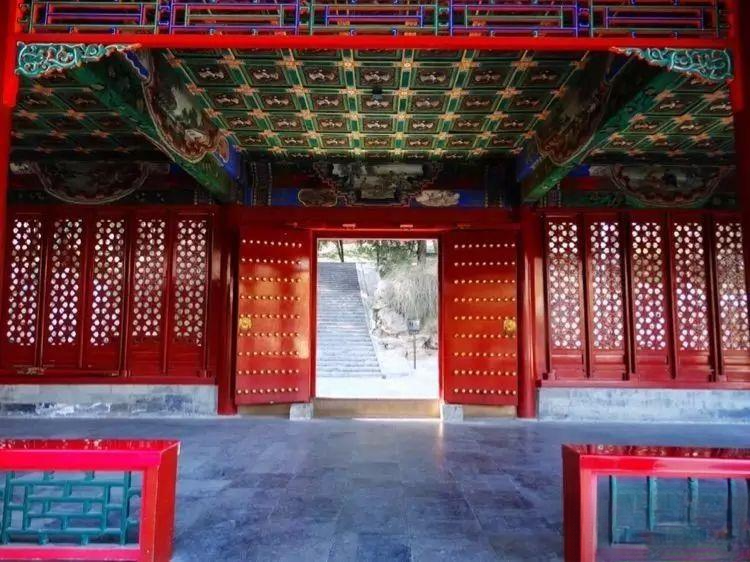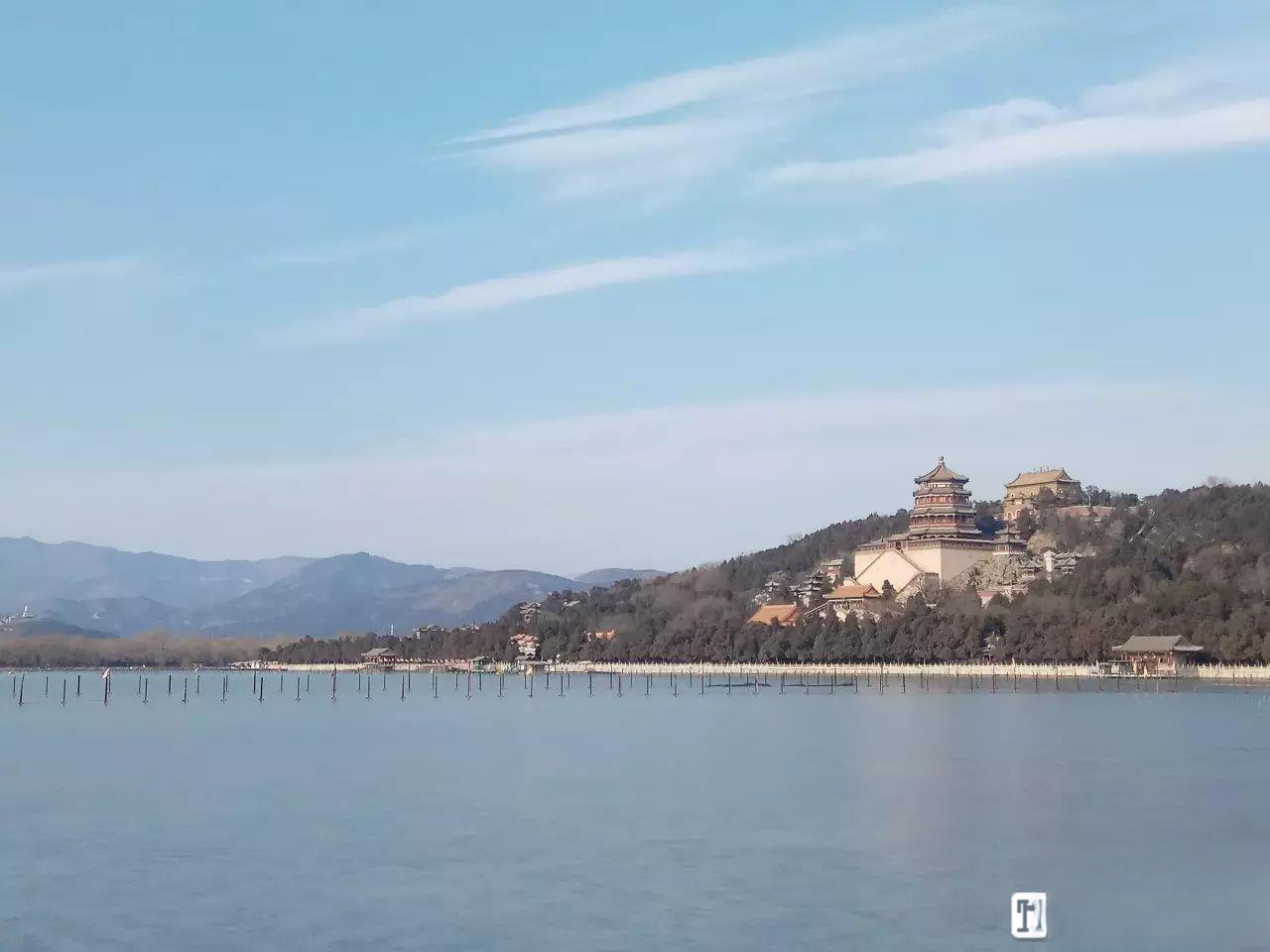Landscaping
People's living environment conditions are suitable, unsuitable, and bad. People's survival and life span are closely related to the quality of these conditions. By planting trees, flowers and grass, improving soil, improving water quality, ensuring fresh air, and creating good environmental conditions, we can improve the physical quality of all people and build with vigor and vitality. Gardening and greening is an important part of urban construction. It is closely related to the people in the city and its role is multifaceted.

(I) Beautify the environment
Gardening is an important means of beautifying a city. In addition to being good at using the city's terrain, roads, rivers, and buildings to coordinate with the environment in urban planning, design, and construction, and flexibly and cleverly reflecting the beauty of the city, the beauty of a city can also be achieved by using the different shapes, colors, uses, and styles of trees, flowers, and plants to configure a green space with rich colors throughout the year, with layers of trees, shrubs, flowers, and grass, embedded in the buildings of cities and factories. It not only makes the city green, but its magnificent colors accompanied by the fragrance of flowers, dotted in the shade of trees and lush greenery, can also play a role in adding the finishing touch and icing on the cake, creating a beautiful, fresh, and comfortable environment for the broad masses of people to work, work, study, and live.

(ii) Purify the air
Garden plants have a unique effect on purifying the air. They can absorb soot and dust, absorb harmful gases, absorb carbon dioxide and release oxygen, all of which play a good role in purifying the air.

(III) Climate Regulation
Trees absorb heat, provide shade and increase air humidity.

(IV) Reduce noise
There are many factories in the city, the population is concentrated, the vehicle transportation is frequent, the noise of various machine motors is noisy, and the roar and scream of cars, trains, ships, airplanes, and construction sites often put people in a noisy environment, which not only affects people's normal life, hinders sleep and conversation, makes people upset, but also weakens hearing and even deafness, and easily causes fatigue, slows the reaction of operators, reduces labor productivity, and even causes industrial accidents. According to calculations, when the noise is above 70 decibels (decibel is the unit of loudness of sound, indicating the physical quantity of sound strength), people cannot work for a long time, which is harmful to the human body.

(V) Killing bacteria
There are various bacteria in the air, and the highest bacteria content is found in urban public places. Plants can reduce the number of bacteria in the air. On the one hand, it is because the dust in the air in green areas is reduced, thus reducing bacteria. On the other hand, plants themselves have a bactericidal effect. The water extract of the root of Sanguisorba officinalis can kill the pathogens of typhoid fever, paratyphoid fever A and B and various strains of Shigella dysenteriae within 1 minute. 0.1 grams of ground winter buds of Prunus thunbergii can even kill flies within 1 second. One hectare of juniper forest can secrete 30 kilograms of bactericides every day, which can kill bacteria such as diphtheria, tuberculosis, typhoid fever, and dysentery. There are also volatile oils of certain plants, such as eugenol, geranium oil, cinnamon oil, lemon oil, etc., which also have a bactericidal effect. In particular, pine forests, cypress forests and camphor forests have strong sterilization capabilities, which may be related to the fact that their leaves can emit certain volatile substances. In places with trees, the number of bacteria in each cubic meter of air is more than 85% less than that in urban streets without trees. Someone has done measurements: the bacteria content in the air between forest areas and urban department stores is 100,000 times different, and the difference between parks and department stores is 4,000 times. Therefore, greening and planting trees play a significant role in killing bacteria, providing fresh air, and protecting people's health.

(VI) Monitoring environment
Plants are living things, and they are closely connected with the surrounding environment. When the environmental conditions change, the plants will react. In the case of environmental pollution, the toxicity of pollutants to plants will also be manifested in various forms on the plants. This reaction of plants is a signal of environmental pollution. People can analyze and identify the status of environmental pollution based on the signals generated by plants. Such plants that are sensitive to pollution and generate signals are called environmental pollution indicator plants or monitoring plants.

(VII) Fire and earthquake prevention
Many plants have fire-resistant properties. Since these trees are not easy to catch fire, planting more of these trees between urban houses can prevent the spread of fire. Fire-resistant trees should have the characteristics of less resin, more water in branches and leaves, less burning, strong sprouting and regeneration ability, and strong root tillering ability.

(VIII) Increase revenue
Good greening and tree planting can provide industrial raw materials and many other forest by-products. For example, the seeds of camphor, Chinese tallow tree, walnut, olive, tea oil, etc. can be pressed for oil; Robinia, camphor, clove, rose, Daphne koreana, etc. are spice plants, which can provide raw materials for flavors; Ginkgo, persimmon, jujube, loquat, orange, grape, apple, etc. can be eaten and made into wine, jam, canned food, etc.; Elm, poplar, tung, reed, paper mulberry, bamboo, etc. can provide raw materials for papermaking; Chinese willow, Amorpha fruticosa, ash, etc. can be used to weave baskets, or use strips instead of wood for construction needs; Sophora japonica, Koelreuteria paniculata, etc. can provide raw materials for the dye industry; the roots, leaves, flowers, fruits, seeds, bark, etc. of most trees can be used for medicinal purposes. Others, such as peeling palm bark, raising silkworms with mulberry leaves, cutting lacquer with lacquer trees, extracting hard rubber from Eucommia ulmoides, using Gleditsia sinensis as soap, making artificial fibers from Populus tomentosa, extracting resin from pine trees, etc., can all provide important raw materials for industry.

